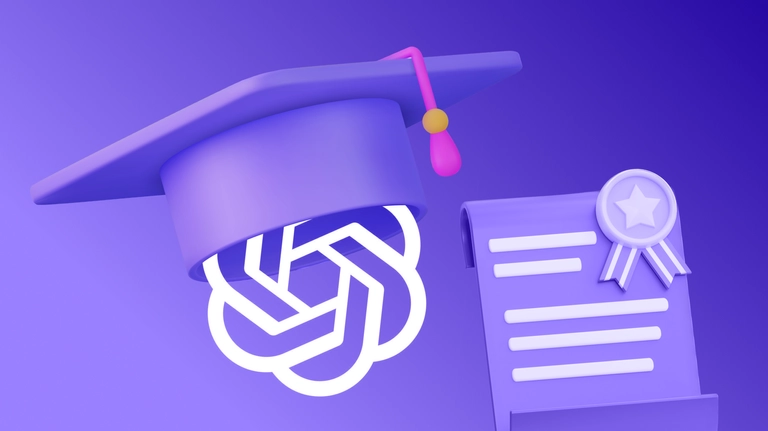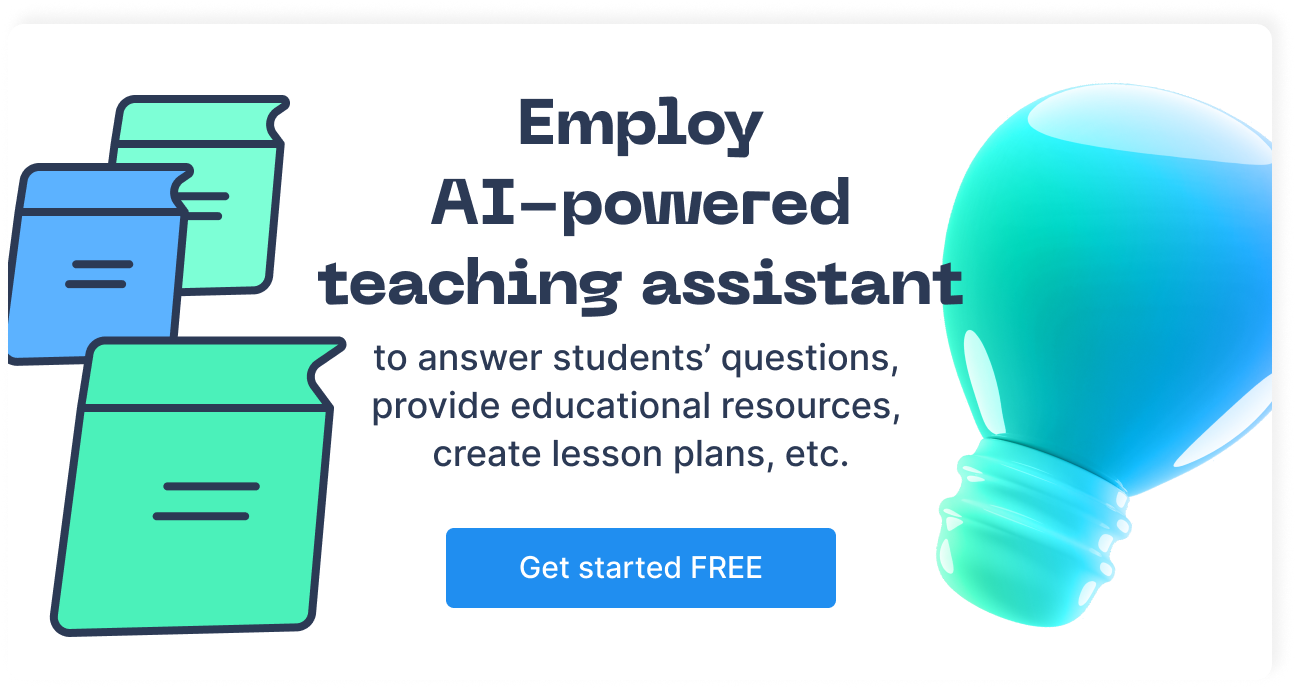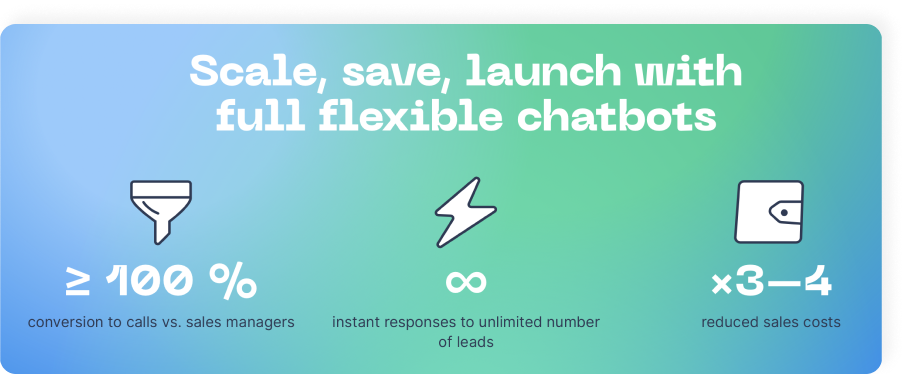
ChatGPT in education: benefits, use cases, features
ChatGPT's capabilities proved to be incredible, and its applications — endless. Learn about using it for education from this article.

In November of 2022, the internet was changed forever when ChatGPT was released to the general public. It quickly became the most popular internet topic as users explored how this tool worked.
Its capabilities proved to be incredible, and its applications — endless. This applied not just to business but also education. But there was also a downside: students started using it to cheat on their homework. Therefore, the discussion of ChatGPT in education arose. Is it good? Is it bad? How can we use it?
Keep reading this article to find the answers to those questions and more. Let’s get started.
ChatGPT and education
The introduction of ChatGPT in education has been revolutionary. As an artificial intelligence (AI) tool developed by OpenAI, it can understand, generate, and communicate in human language. That means that it can take on the role of a digital tutor, a teaching assistant, a proofreader, and much more. The applications are endless, and so are the benefits.
The impact of ChatGPT on education
The first impression that ChatGPT had on education was admittedly negative. Some students were using it to cheat on their exams and homework. To stop this from happening, teachers started taking preventative measures: in-classroom writing, personalized essays, and step-by-step submissions.
But many teachers also recognized the benefits. In a traditional setup, students’ learning is often limited by resource constraints, such as access to tutors and educators or high-quality learning materials. ChatGPT can help bridge this gap. Available 24/7, it can answer questions and educate on a wide range of topics. Students no longer have to wait until they go into class or depend on textbooks.
How ChatGPT is changing education
Personalized learning is the biggest way in which ChatGPT is changing education. After all, each student is unique. They have different learning styles, interests, and progress levels. In a typical classroom of 15-20 students, teachers simply don’t have the time to cater to each student individually. Not to mention large university classrooms with hundreds of students.
ChatGPT, on the other hand, is perfectly able to do it. It can promote active learning by engaging students in interactive, conversation-style learning.
It can also support teachers by completing various admin tasks, giving them more time for more important work.
The benefits and drawbacks of using ChatGPT in education
Let’s explore the benefits and drawbacks of using this tool in education.
Benefits
Freely available education, breaking down barriers of access and quality.
Reduced workload for teachers.
Active learning and critical thinking.
Immediate feedback and extra information.
1-on-1 personalized education.
Drawbacks
Potential for cheating on homework and assignments.
Missing element of human touch.
Limited knowledge — currently, ChatGPT only has knowledge of events that happened before 2021.
ChatGPT and its potential for enhancing learning
Despite the few drawbacks, the potential of ChatGPT for enhancing learning is immense. With ChatGPT, learning becomes an interactive and engaging process rather than a one-way transfer of information. Students are encouraged to learn at their own pace, allowing them to focus on topics they are most passionate about.
Not to mention ChatGPT’s 24/7 accessibility, affordability, and adaptability to diverse learning styles. And with other applications like lesson creation and grading, educators can now spend more time on important 1-on-1 teaching. By combining traditional teaching with AI, we can truly expect the future of education to be brighter.
ChatGPT integration into education: best practices
Now that we’re reaching the end of this article let’s look at some best practices to ensure that ChatGPT is successfully integrated into education.
First, teachers must use ChatGPT as an aid, not a replacement for their capabilities. Although an extremely advanced tool, ChatGPT is imperfect and was not specifically developed for teaching.
To best leverage this tool, both educators and students should train on how to use it properly. While ChatGPT is easy to start using, its vast capabilities make additional training recommended.
Trust, but verify. One of the issues with ChatGPT is that it sometimes provides false information. Again, remember that the tool is not perfect, so ensure that facts and data are double-checked.
To reduce misuse, establish a clear code of conduct for AI use in the classroom. This set of rules should apply to both students and teachers.
And as with any other technology, constantly monitor and refine the process, especially with a tool like ChatGPT, where there are endless ways to use it to perform a task.
It’s important to remember that ChatGPT is a powerful tool. When used correctly and responsibly, it can have dramatic effects on education at every level.
Ready to introduce ChatGPT to your classroom?
With all the possibilities and benefits of ChatGPT, you might be excited to get started. That’s what we’re here for. Chatfuel is one of the biggest chatbot platforms in the world, with customers ranging from small businesses, professionals, educators, and large companies like Netflix and Visa.

Our chatbot platform directly integrates with ChatGPT and can serve as your personal teaching assistant. You can train it to answer students’ questions, provide educational resources, create quizzes or lesson plans, and much more.
If you want to become more efficient and make your job easier, Chatfuel is for you. Sign up for a free trial today and discover the power of AI in education.
